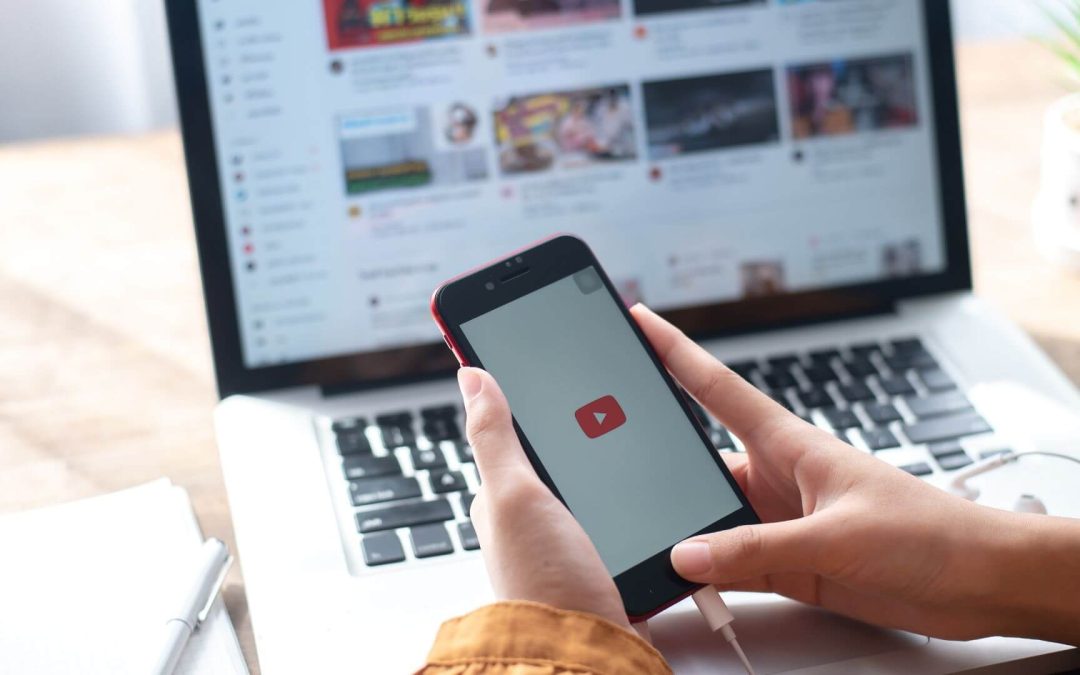Does deciding your influencer rates card feel like sitting on a see-saw? Too high a quote and you get passed over, too low and you miss out on your worth. Finding a balance is no small feat.
Negotiations terrify most people, influencers are no different. That’s why it’s crucial to know how much you’re worth and to be confident in that value. Calculating your influencer rate can help you negotiate more effectively and recognize when a campaign isn’t worth the time or effort and you should walk away.
Izea’s State of Influencer Earnings report, 2022 clearly indicates that influencer payments made a substantial jump in 2021 as more marketers invested in influencer marketing. All influencer tiers saw a heavy rise in their earnings last year.
Influencers have been increasing their pay by 50% each year since 2017. And so can you! But how does one figure out when to do it and how much? This blog has all of the relevant information you need to decide.
Factors That Determine Your Influencer Rate
1. Follower count
Also referred to as ‘reach’, this is the most primary metric visible at a glance on your profile. Usually, the higher the follower count, the more you can charge. While it is an important consideration, don’t base everything only on it while deciding your rates.
2. Engagement rates
To obtain your engagement rate, divide the average number of likes and comments you receive by your follower count. Then convert it into a percentage. The percentage of your followers who interact with your content is your engagement rate. Brands may be willing to pay more for an influencer with a higher engagement rate because their message results in more conversions.
3. Quality/Type of content
You can charge more for content that needs more effort in production. If the content usage (equipment, content format, props, etc.) is premium, you can charge more. For example, you will spend a varying amount of time creating sponsored content for Instagram. A shoutout will be different from a Reel. Hence, the more time and resources it takes to create content, you can decide your influencer rate accordingly.

4. Audience – size and type
Brands will want to find an influencer who specializes in their industry. Would anyone trust a fitness influencer who suddenly started talking about finance, especially if they’ve never talked about the subject even once before? But if you have an audience that matches the target segment, you can strike a sweet deal.
5. Niche
Popular niches (for example, beauty and fitness) will have more influencers present. Hence, influencer rates will typically be lower than niches with fewer influencers available. However, if you have a less crowded niche and are an established authority voice, you may very well charge more.
6. Rights & Exclusivity
You can generally charge higher rates from brands that want to claim sole usage rights or multiple postings. A brand that asks you not to create content for its competitors for a while should also pay you more since you will lose out on potential income for a time.
7. Talent fee
The talent fee is the amount it costs you to produce the content. This figure includes all campaign expenses as well as your hourly rate. To develop a basic budget, add up the costs of a photographer/editor, location, props, clothing, etc. After that, you’ll need to assess your hourly rate. Writing a blog piece, self-producing a photo/video shoot, or setting up a set all take time, and time is money in this case.

Influencer Rates By Platform
Instagram influencers maintain an average price of $10 per post per 1000 followers. For an influencer with more than 1000 followers, here are some possible prices:
A 10,000-follower influencer may charge $100 for every post.
A 100,000-follower influencer may charge $1000 for every post.
A 1,000,000-follower influencer may charge $10,000 every post.
From case to case, the price point can vary. Also, all the other factors mentioned above will decide the final amount. IG rates vary from influencer to influencer, depending on what they have accomplished so far.

YouTube
Influencers on YouTube charge an average of $20 per 1000 followers for every video. Here are some common price slabs for YouTube:
With 10,000 followers, a YouTuber can charge $200 for each video.
A YouTube with 100,000 followers can charge $2000 for each video.
With 100,000 followers, a YouTuber can charge $2000 for each video.
A YouTuber with a million subscribers could be able to charge $20,000 for each video.
Keep in mind that if you have over one million followers, you have greater flexibility in terms of your prices. Analysts estimate that YouTubers with such a large following can charge up to $50,000 for each video.
TikTok
Because TikTok is so new to the influencer game, there’s no easy method to figure out how much you can make. After looking at TikTok influencers that fit into these groups, we’ve added estimations.
$5–$25 per post for nano-influencers
$25–$125 per post for micro-influencers
$125–$1,250 per post for mid-tier influencers
$1,250–$2,500 per post for macro-influencers
$2,500+ per post for mega-influencers
There are a lot of influencers on TikTok that aren’t necessarily famous but have tens of millions of followers. Per post, these influencers may earn up to $10,000.

Twitter has a low reach compared to Instagram and Facebook. Companies use the platform to reach their target demographic, but they do it for a low cost. Twitter has the cheapest influencer marketing pricing, with only $2 per 1000 followers. Here are some examples of possible influencer rates on Twitter:
A 10,000-follower influencer can charge $20 for each post.
With 100,000 followers, an influencer could charge $200 for each post.
A 1,000,000-follower influencer can charge $2000 every post.
An influencer with more than one million followers will, in most situations, break from the pricing average.
Facebook gives influencers and businesses unprecedented access to customers, with over 1 billion daily active users. As a result, influencers on Facebook charge an average of $25 per 1000 followers for every post.
Here are some examples of possible influencer rates on Facebook:
A 10,000-follower influencer may charge $250 for each post.
With 100,000 followers, an influencer might charge $2500 for each post.
A 1,000,000-follower influencer may charge $25,000 every post.

When To Raise Your Rates
So you started with a rate, ran with it for a time, and now get the feeling that it’s time for a raise. Trust your gut and do that! But before you go quoting your new rates to your brand partners, check if you have made progress in the following aspects (you may need to justify why you are amping your influencer rates):
1. Audience growth
Have you worked hard and reached a new milestone of followers yourself? You’ve advanced to a whole new tier of influence! Say you now fall in the category of a micro-influencer. You can now raise your rates according to the average rate slabs above.
2. Content quality improved
If you have become good at some additional skills such as videography or storytelling, your content will reflect this growth. Incorporating more professional elements into your posts will elevate the quality of content for the brand you are working with. You can factor the additional costs of production into your asking price.
3. Engagement growth
Keep an eye on this one because it stands out as the most important metric for brands looking for influencers. Your engagement rates will increase considerably as you gain the trust of your audiences and they engage with your content more. More comments, likes, and shares from genuine accounts (bots and fake followers do nothing but harm this metric) lead to a higher engagement rate and thus higher influencer rates.
4. More platforms
Did your cross-platform expertise and following increase too? Say you started with TikTok and built a great following there. You then created content on Instagram and found similar success. This means you can now leverage two different platforms. Brands may pay you more for your reach on both platforms.
5. Consistent success
The more you help brands achieve their goals, the more you are an asset. Keep track of your experience and performance. Also, mention these when you present a media kit for sponsorships. You can ask for higher pay if you have gained the confidence to pull off bigger, more complex campaigns.

Know Your Worth
How much you earn from your content can indicate your success in your chosen path, but it does not determine your worth as a creator. Your focus should be to keep improving and building on your skills and give your best to partner brands.
Finding the right brands to work with is time-consuming, with many rounds of negotiations and documentation involved. You can simplify this process with an influencer marketing platform and still find the work you love. Atisfyre, our AI-driven platform, revolutionizes the way influencers collaborate with brands, enabling them to monetize their creativity.
Simplify your influencer business. Guaranteed payment, easy paperwork!
Sign up with Atisfyre now. It’s free!










